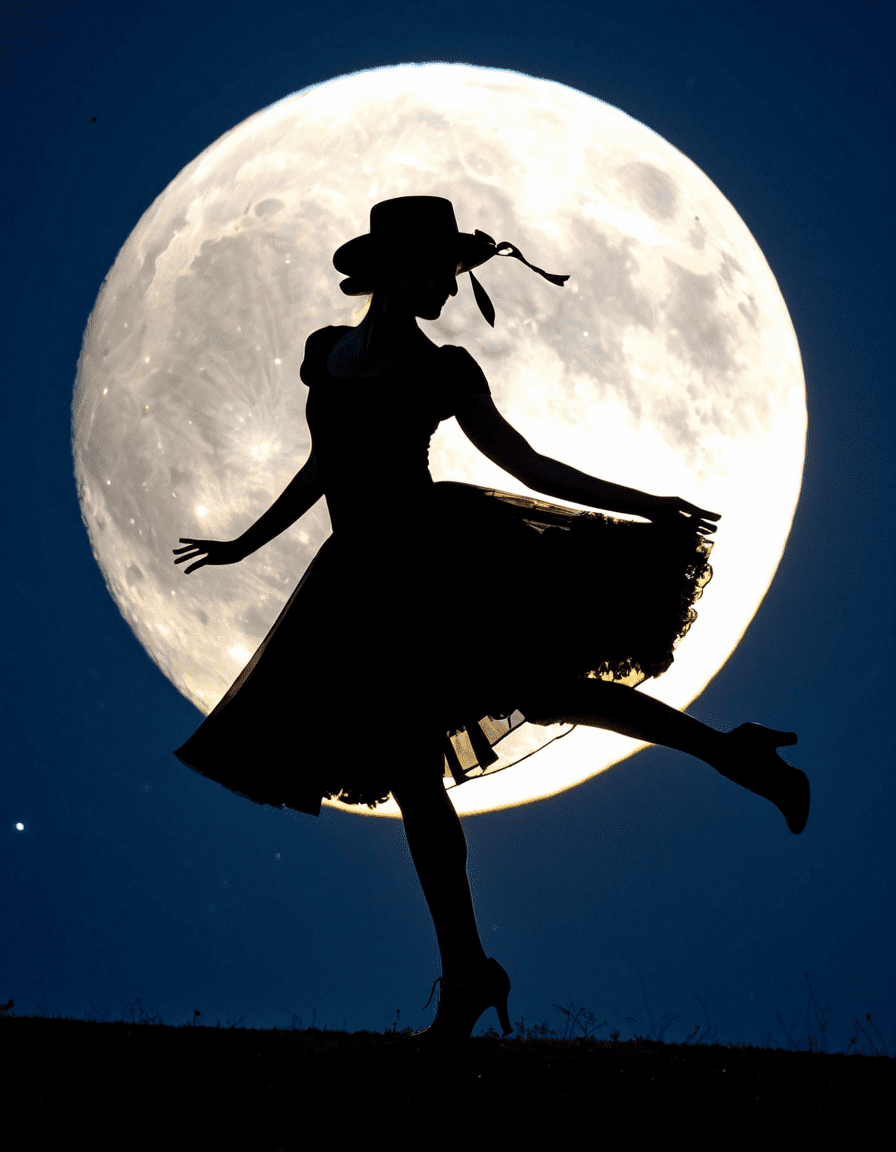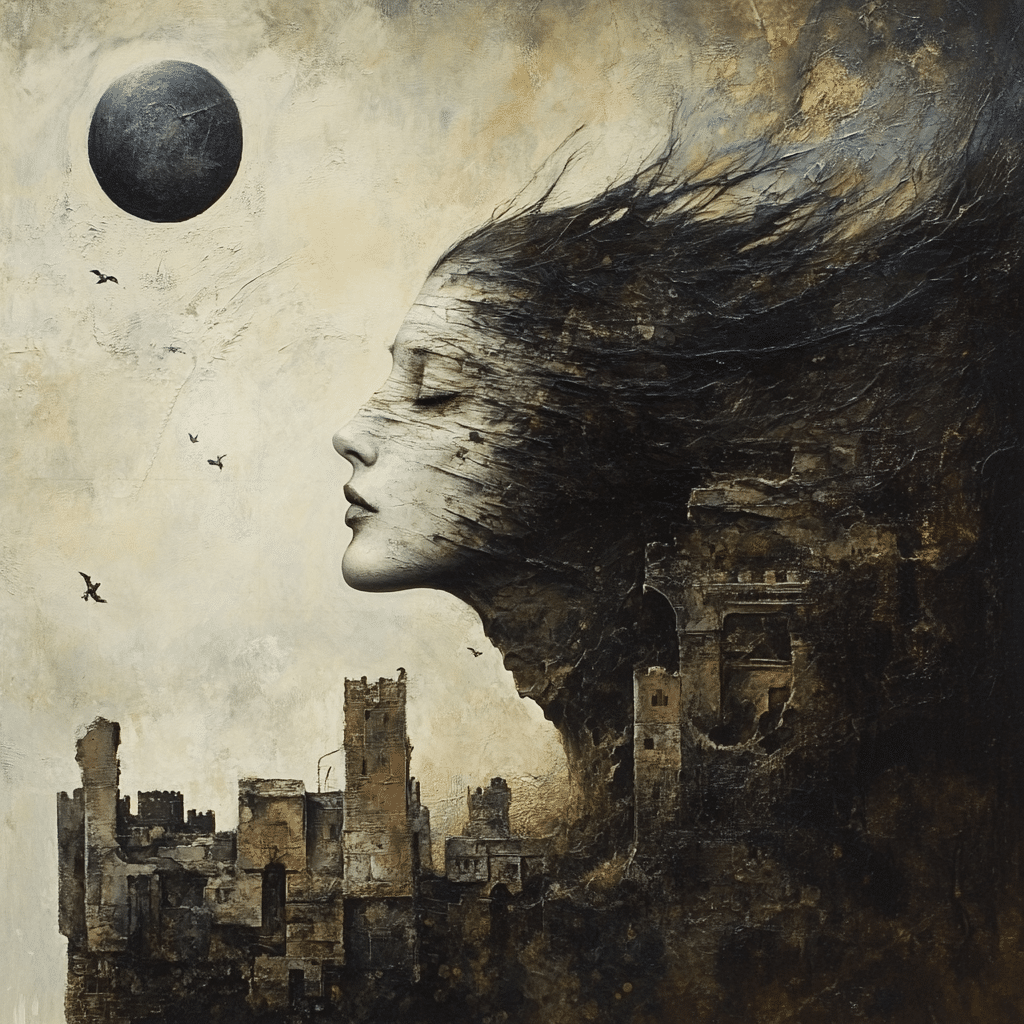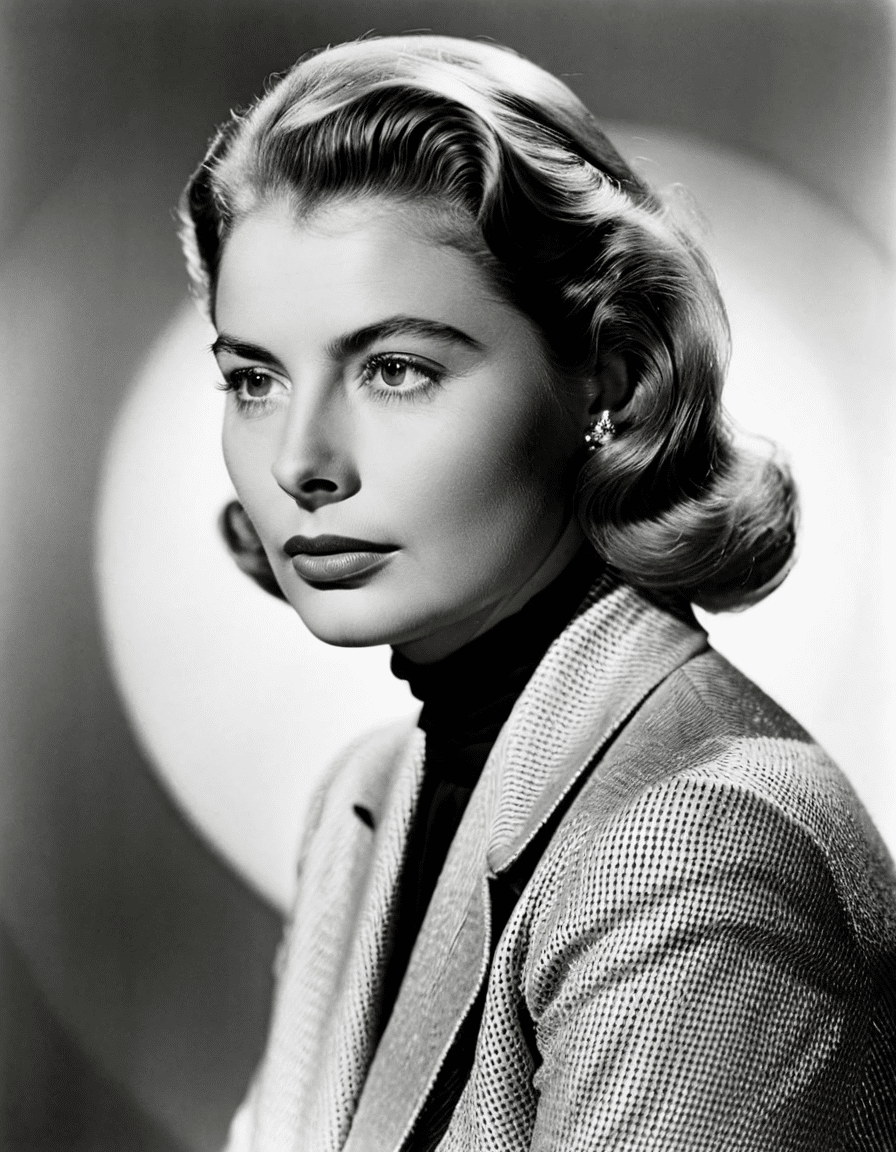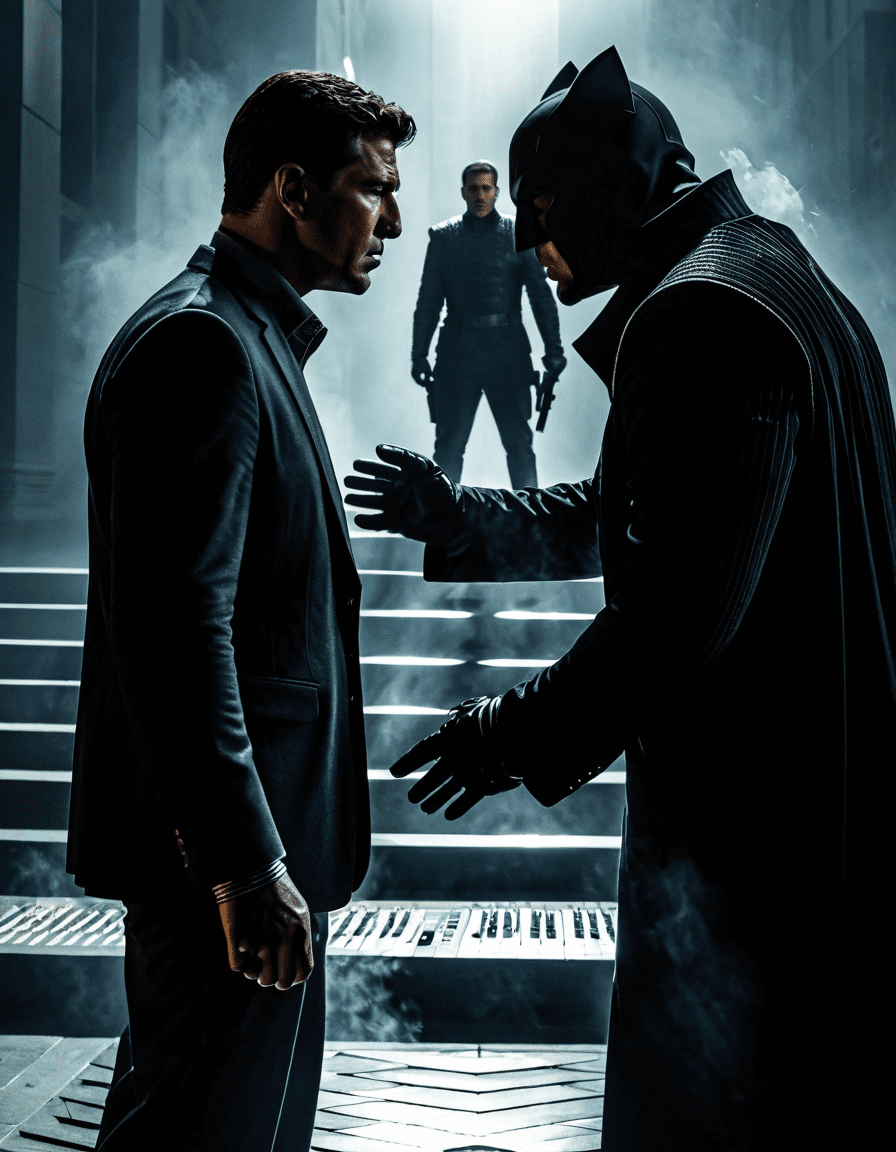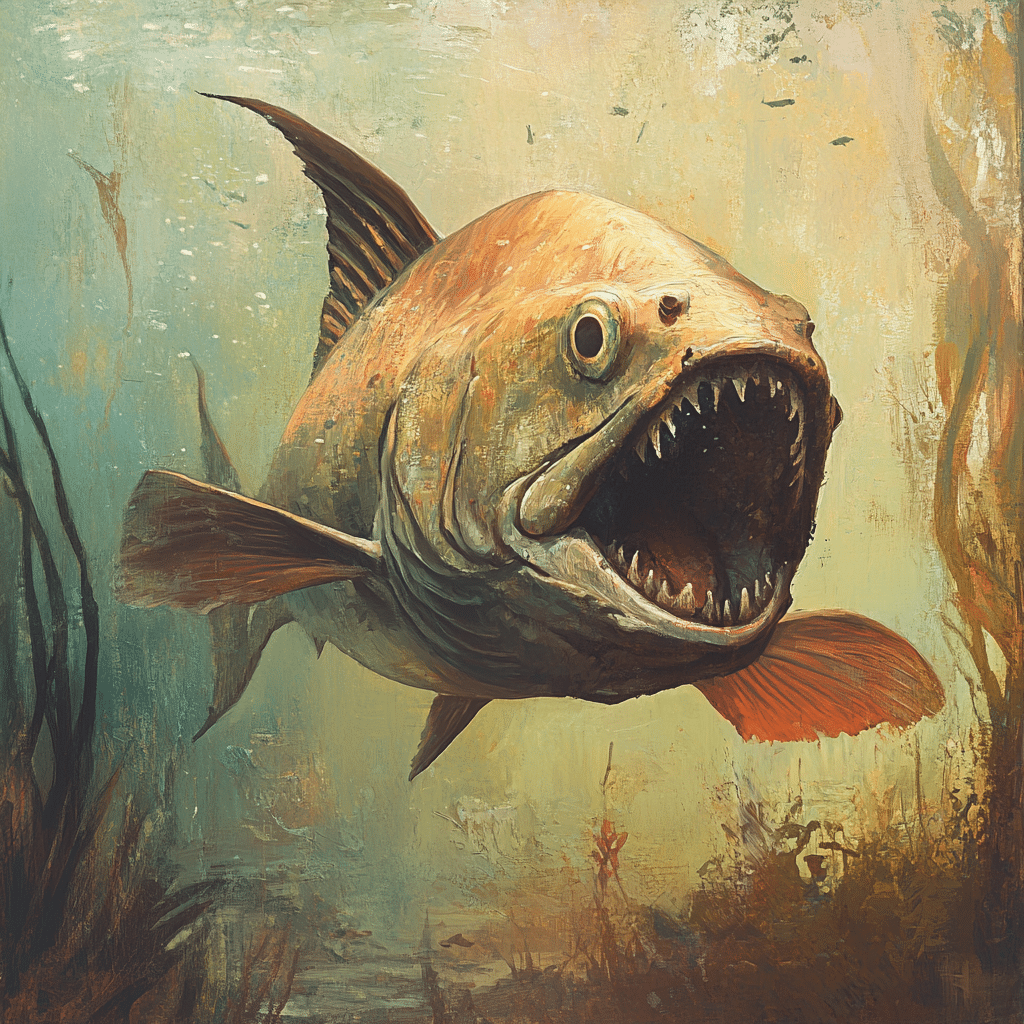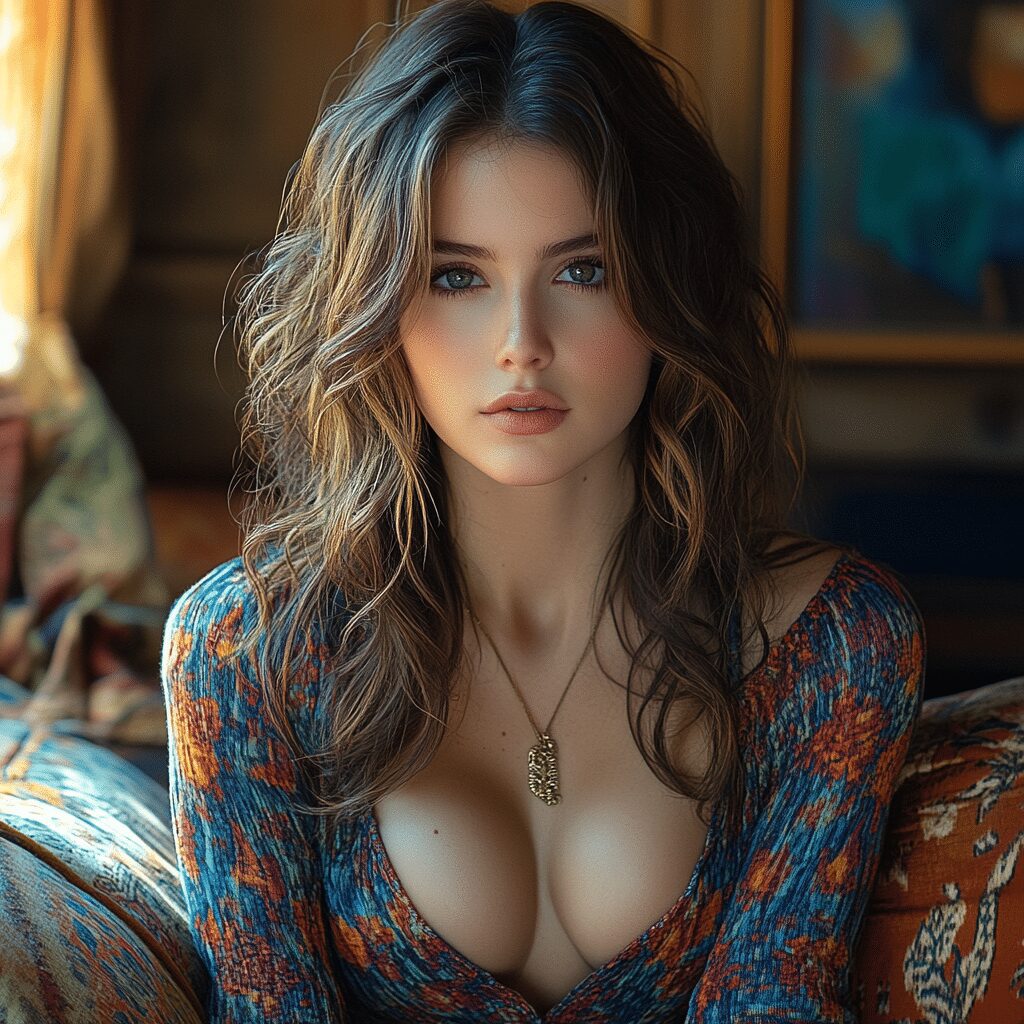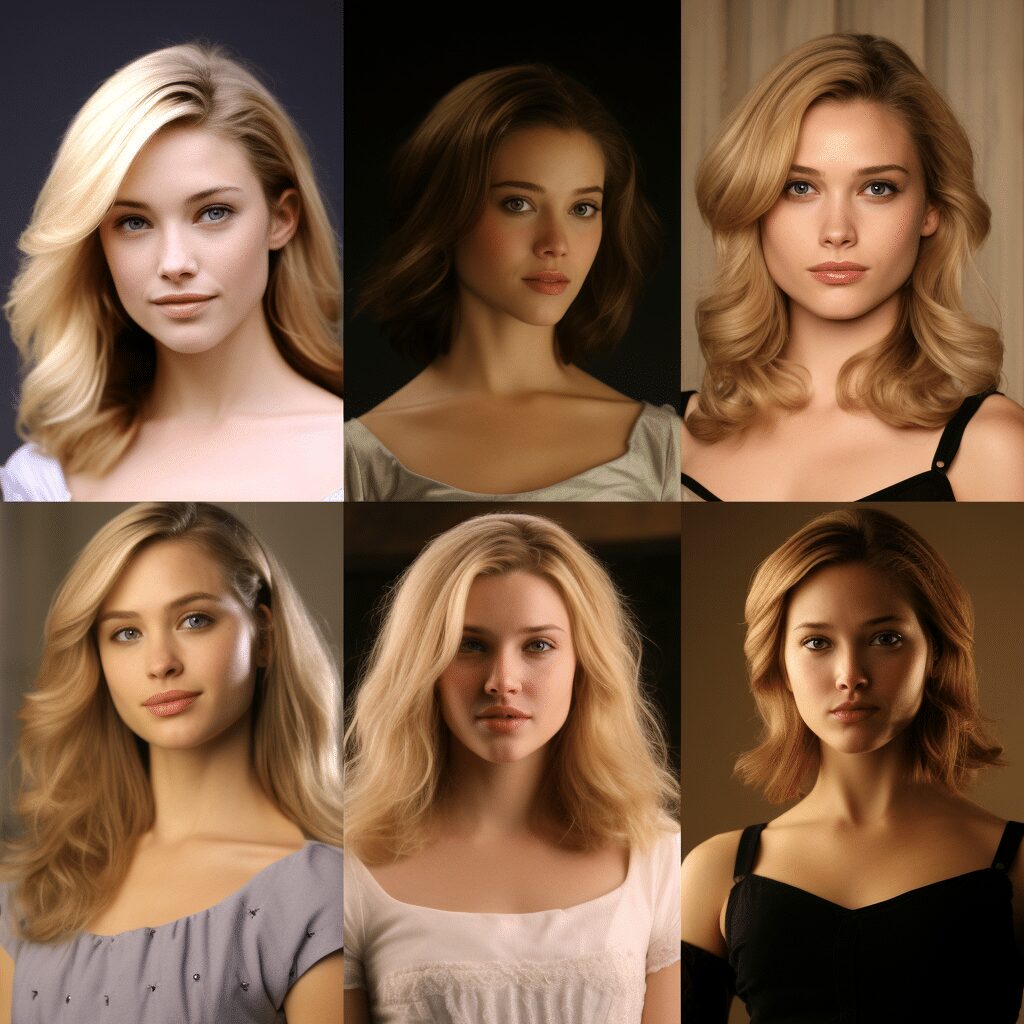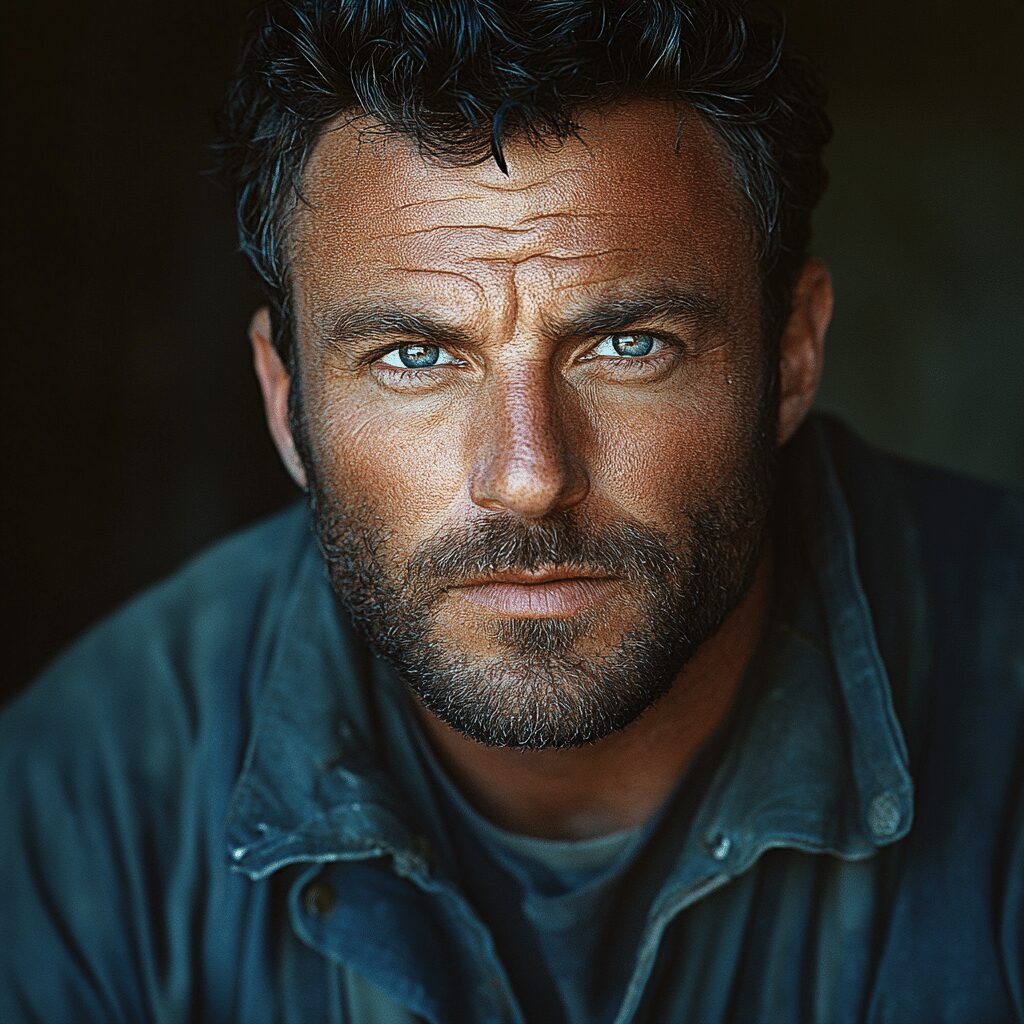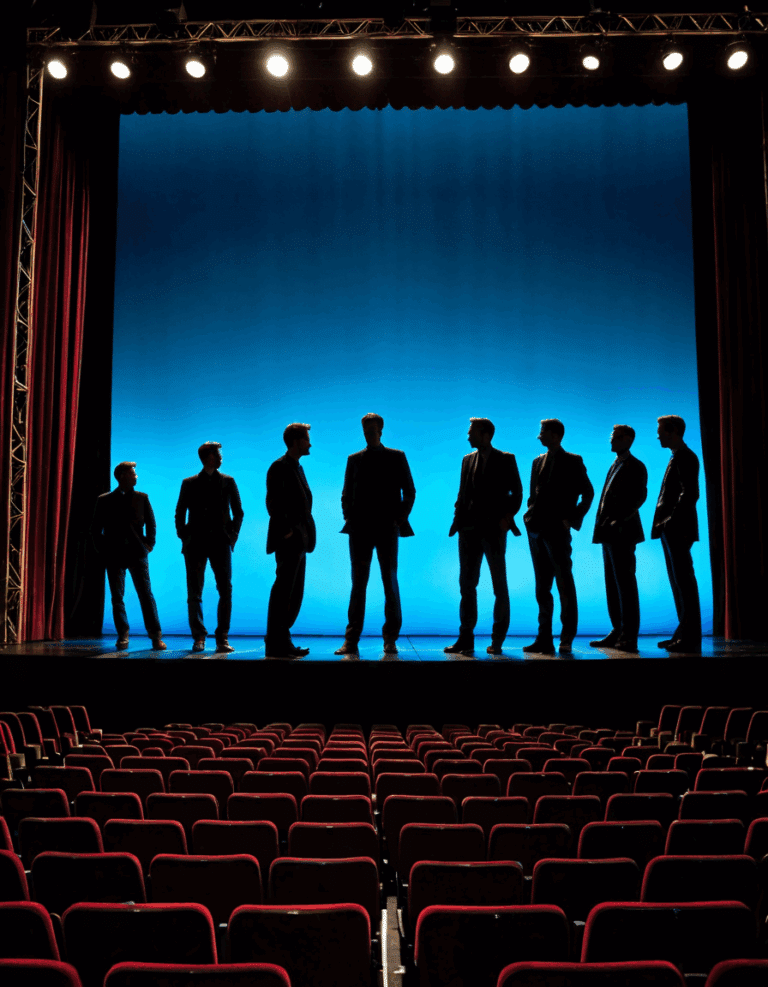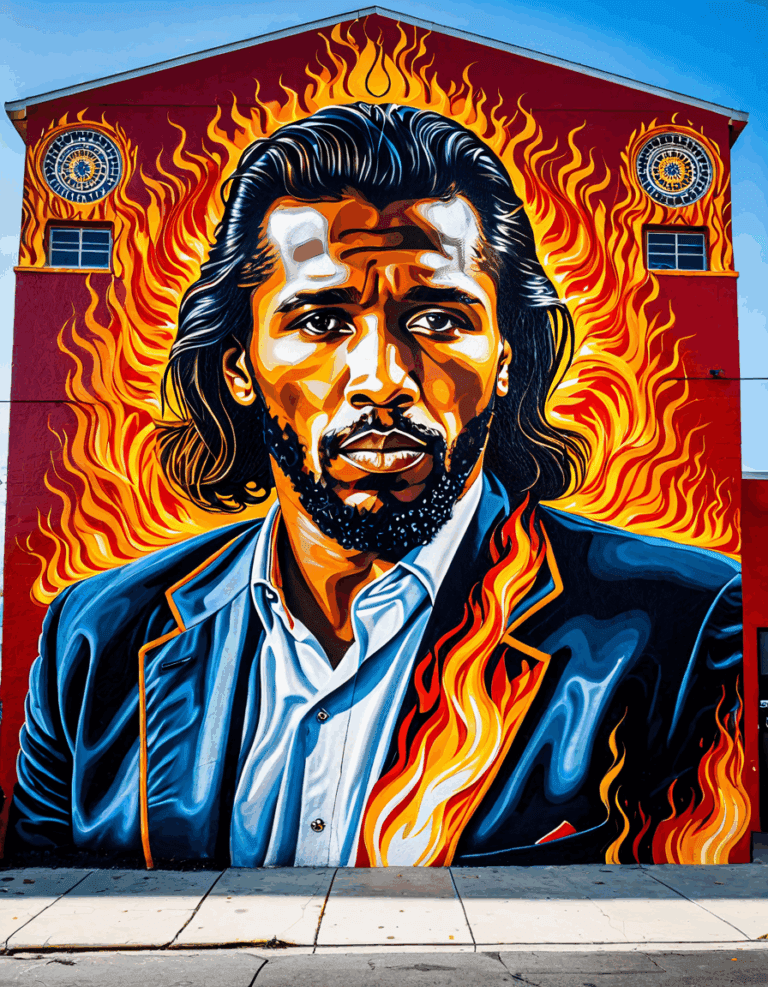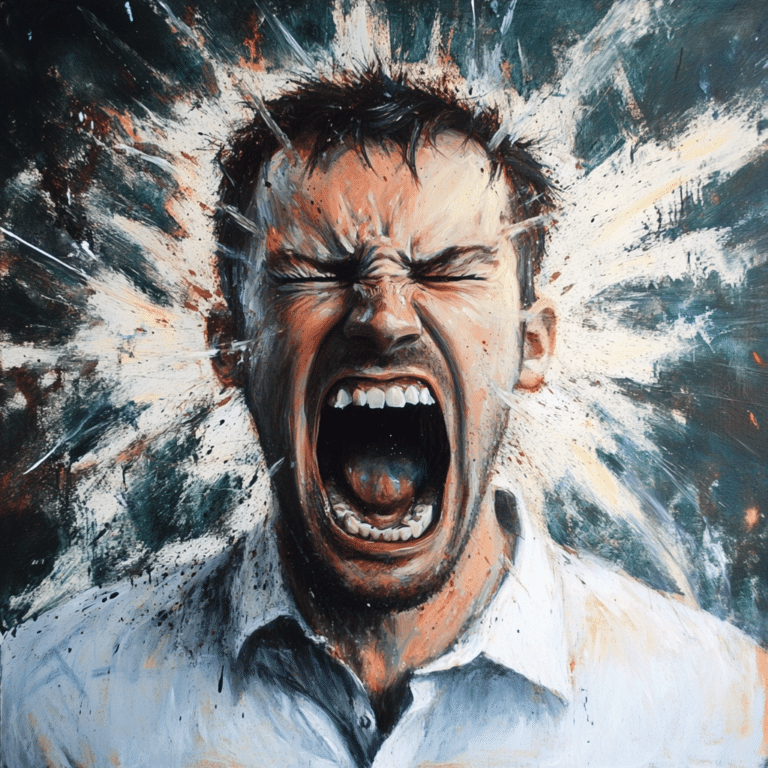Shadows—those dark silhouettes that lurk behind us—have captivated, terrified, and intrigued us for centuries. They symbolize our fears, desires, and hidden aspects, serving as fascinating archetypes in storytelling and culture. Films, literature, and art have all embraced shadows, amplifying their roles as powerful symbols that reflect the unseen dimensions of human life. Today, we’ll delve into the multifaceted world of shadows, exploring their evolution, characters that embody their essence, and their significant impact on culture and psychology.
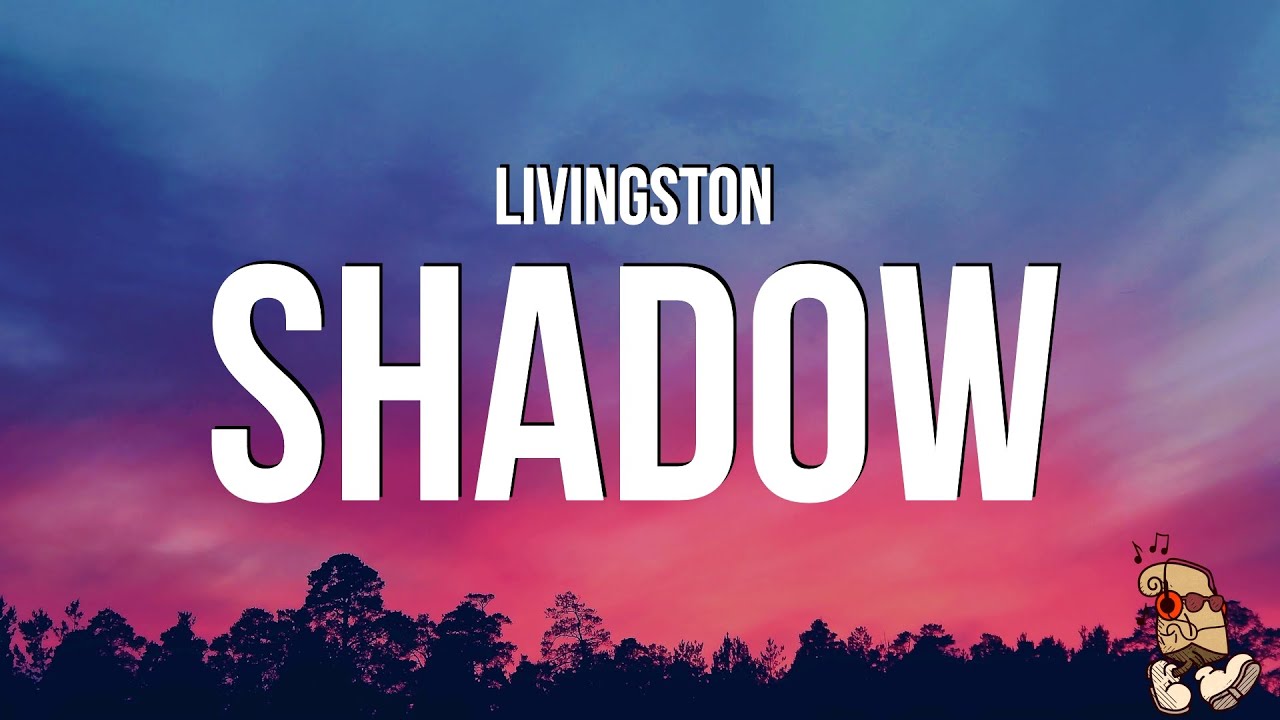
The Evolution of the Shadow Archetype in Popular Culture
Shadows have long been a consistent theme in storytelling. From the eerie, pulsating shadows in classic horror films like “Nosferatu” to the suspenseful atmospheres of psychological thrillers like “Gone Girl,” shadows represent the complexities of the human experience. They remind us that there’s often more beneath the surface, adding depth to narratives and characters.
Historically, shadows have been linked to mystery and the unknown. The fascination stems from our natural fear of what we can’t see—a plot twist waiting to unfold in a darkened alley or a character’s hidden motivations. The portrayal of these shadow figures highlights the balance between light and dark within us, communicating that understanding our shadows is essential for growth.
In modern films, shadows also reflect societal anxieties. Characters grapple with their duality, facing their fears while searching for acceptance. Whether portraying heroes who must battle their darker selves or villains who embody chaos, shadows continue to shape cultural narratives.
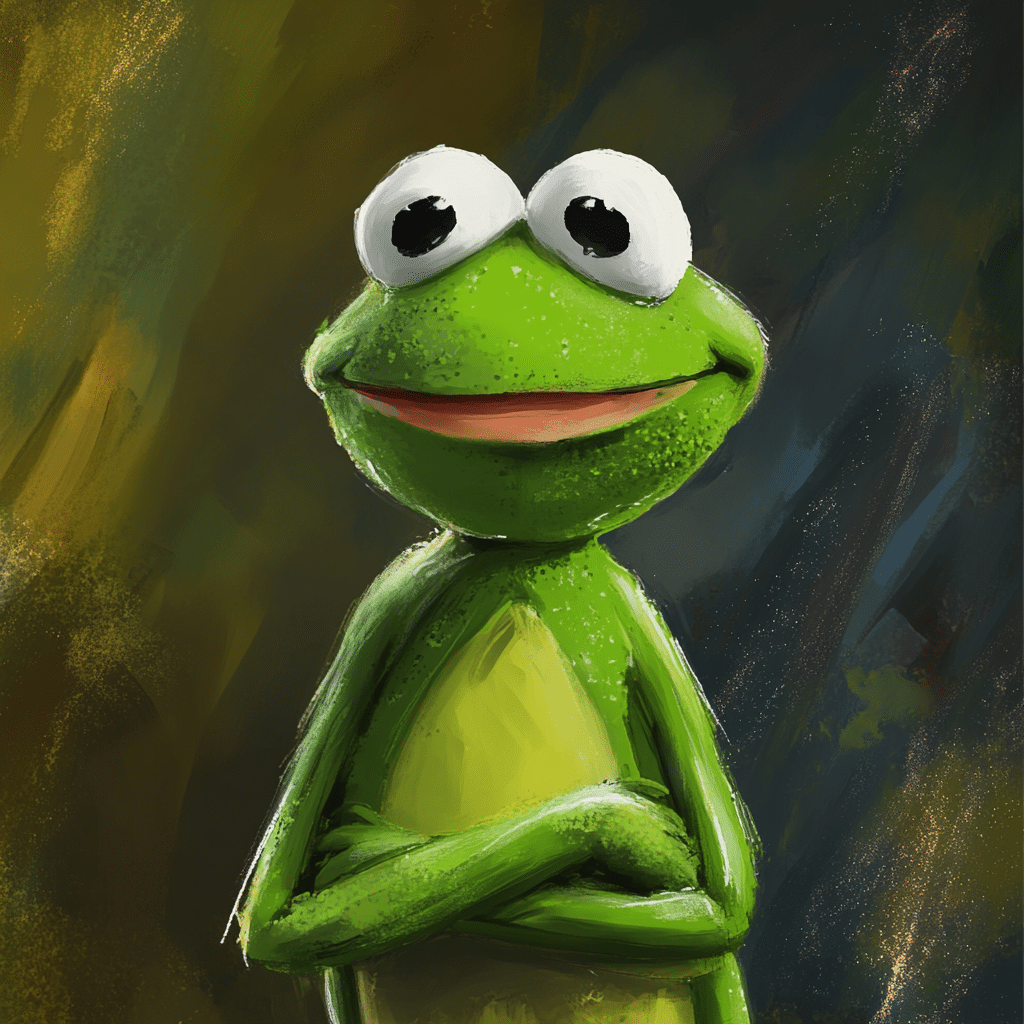
Top 7 Influential Characters Representing the Shadow Archetype
The shadow archetype isn’t just about being a bad guy. It’s about delving into the depths of human psyche. Here are seven characters that showcase this dynamic, leaving unforgettable impressions on cinema and television:
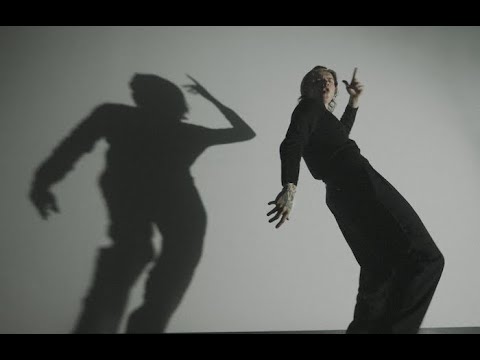
Shadows in Art: Intersecting the Worlds of Smoke, Sirens, and Silent Allures
Artists throughout history have found shadows to be thematic gold. By employing techniques like chiaroscuro, painters like Caravaggio infused their work with emotional intensity. The contrast between light and dark allows viewers to engage with the narrative, making the unseen elements just as compelling as the visible ones.
In contemporary art, shadow plays critical roles. Take Anish Kapoor’s installations; here, shadows form integral parts of viewer experiences, encouraging introspection on appearance versus essence. For example, Kapoor’s “Cloud Gate” casts intriguing shadows that provoke thought on the self and the public persona.
Street artist Banksy also uses shadows cleverly; often hidden in smoke and misdirection, his pieces critique societal norms and call into question our perceptions of reality. With a flick of spray paint, he transforms dull walls into statements that resonate far beyond their immediate context.
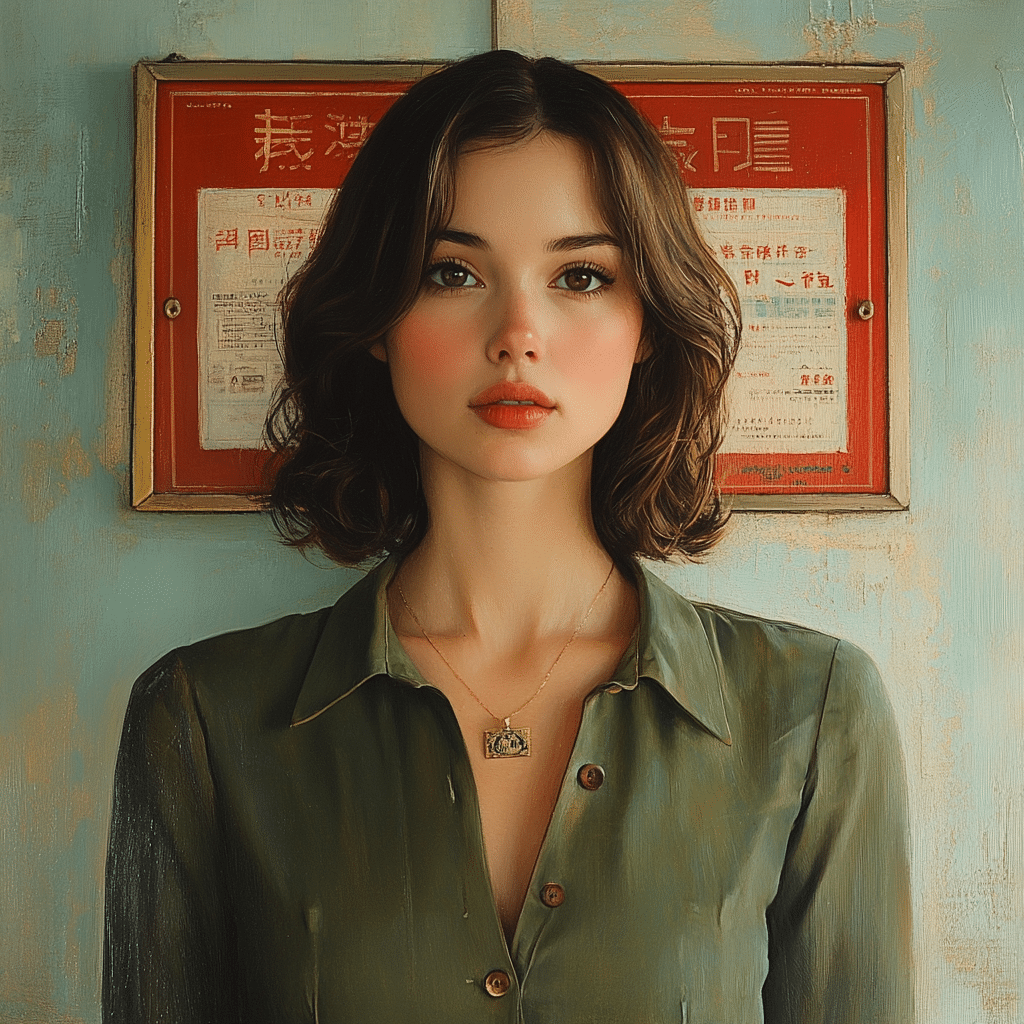
The Psychological Impact of Shadows: From Smoke and Mirrors to Real-life Sirens
Carl Jung popularized the idea of the “shadow self,” asserting that everyone has hidden sides. Ignoring these aspects can lead to inner turmoil, significantly influencing how we perceive ourselves and others. It’s like a tug-of-war inside our minds—if one side wins, the other leads to disillusionment.
Using high-profile figures as case studies, we can observe how celebrities navigate their public personas while dealing with their shadows privately. For instance, musicians like Fiona Apple often reflect this struggle in their lyrics, expressing a raw honesty that resonates with fans. As discussions on mental health gain traction, acknowledging one’s shadow becomes a crucial part of self-understanding.
The tension between social expectations and personal realities often manifests in various realms, from politics to personal relationships. It serves as a reminder that recognizing and confronting our shadows brings us closer to authenticity.
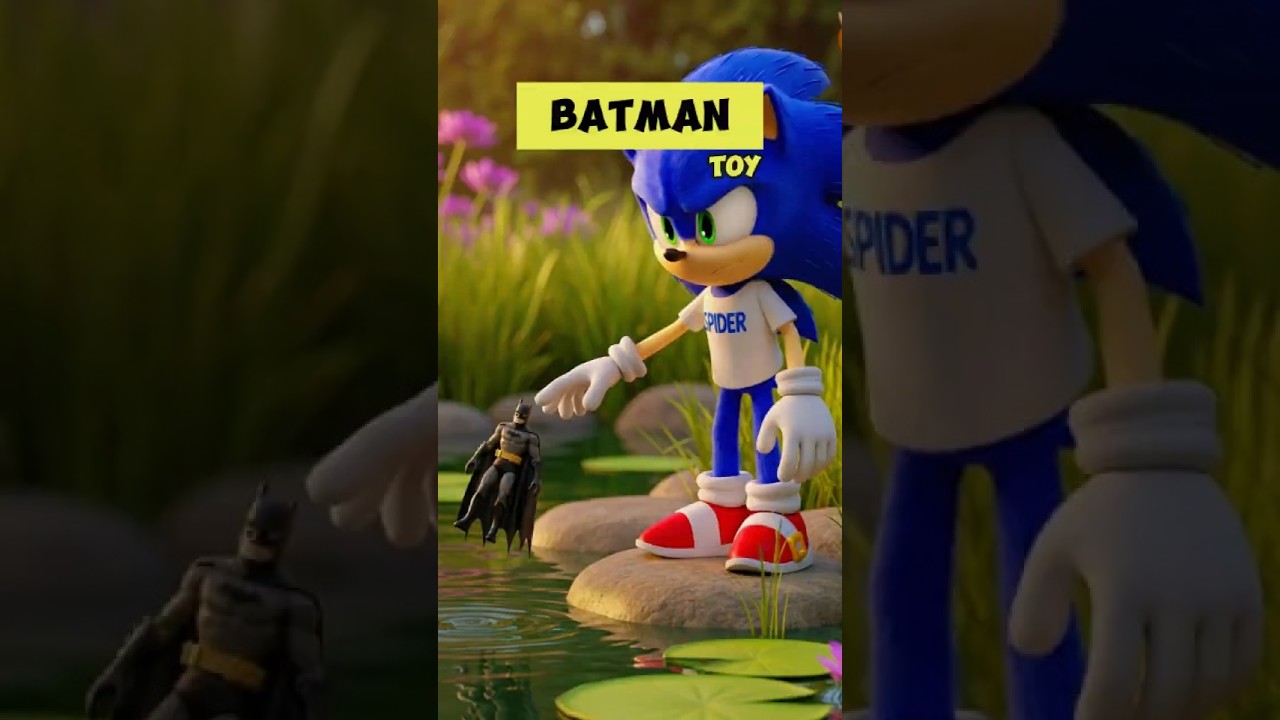
Experiencing Shadow in Film and Literature: Immersive Narratives That Pull You In
Shadowy elements are masterfully used in film and literature to create immersive atmospheres that envelop audiences in suspense. Works like “The Sixth Sense” utilize shadows to enhance emotional resonance, compelling viewers into the dark recesses of the human experience. The faint outlines whisper secrets, inviting us to explore what lies beneath.
Edgar Allan Poe’s writings are full of shadowy themes that convey fear and uncertainty. His narratives often revolve around the unknown, inviting readers to delve deeper into psychological and physical darkness. This intricate dance with shadows keeps audiences on the edge, wanting more.
Directors and writers craft evocative tales, seamlessly blending shadows to evoke emotion and suspense. Techniques such as lighting, music, and pacing create a pulse of tension that mirrors the film’s psychological grip. In this world, shadows don’t just lurk—they tell stories.
The Future of Shadows in Media: Trends and Predictions Beyond 2026
As technology advances, shadows in media are ripe for evolution. You can expect to see films and video games harness them to create stories that blur the lines between reality and fiction. Imagine walking through a virtual landscape where shadows are interactive, changing based on your choices; it’s an evolution that can redefine storytelling.
Media giants like Netflix are already experimenting with AI-generated characters that embody dynamic shadow traits, exploring how these mysteries might unfold in real-time. This emerging trend hints at a future where our shadows may hold the key to uncovering deeper layers in storytelling.
As we venture deeper into new media territories, the representation of shadows suggests a future that is exhilarating and challenging. The ability to experience and interact with shadows could lead to rich, immersive narratives that redefine our connection to culture.
In wrapping up this exploration of shadows—symbols of ever-present mystery and complexity—we’re reminded that embracing our own shadows can lead to brighter insights and narratives. As we peer into the depths of these enigmatic figures in culture and media, we must recognize that the balance between light and shadow shapes not just our stories but also our identities. Shadows provide a siren’s call to delve deeper, confront our challenges, and perhaps, uncover the profound wisdom lurking just beneath the surface.
The Shadow: Mysterious Life and Influence of Shadow
Lifelines of the Shadow World
Did you know that shadows have inspired generations of artists and filmmakers? This ethereal presence often symbolizes the unknown, much like the fascinating life of Lily Gladstone, whose captivating performances give depth to characters in ways similar to how shadows lend drama to visual storytelling. Often lurking just out of sight, shadows can evoke feelings ranging from fear to mystery, echoing the artistic evolution seen in the music of icons like Grace Slick. Just like her powerful voice brought haunting lyrics to life, shadows can underscore the emotional core of a narrative, creating a magnetic atmosphere.
Legends of the Shadow
The concept of shadow is stitched into the fabric of our culture. Think about legendary figures, such as Roy Rogers, who projected an aura of bravado and adventure, even casting long shadows in the cinematic landscape. These larger-than-life personas inspire not just admiration, but curiosity about their real lives. In the same vein, shadows remind us of the hidden depths within our own lives and the stories we have yet to tell. Imagine the quiet moments when a character, cloaked in shadow, makes a life-changing decision, much like how an assistant might quietly guide their boss to pivotal moments that shape their journey.
Shadows in Modern Culture
In today’s entertainment scene, shadows continue to play a significant role. They serve as a metaphor for the hidden struggles characters face, much like Lauren Alexis, who navigates her own challenges on and off the screen. Interesting tidbit: shadows are also prevalent in fashion! The thrill of trying on clothes can come with a dramatic flair, especially when paired with items like a Lululemon wristlet that accentuates personal style while providing functional elegance. When a flash of light reveals the contours around a shadow, it mirrors the revelation of new perspectives—much like Ali Gallo sheds light on the bright sides of life through her art.
In essence, shadows pull back the curtain on the less visible parts of life, urging us to explore deeper connections and meanings. Whether it’s through storytelling, music, or fashion, the quest to understand our own shadows is a journey worth taking.
